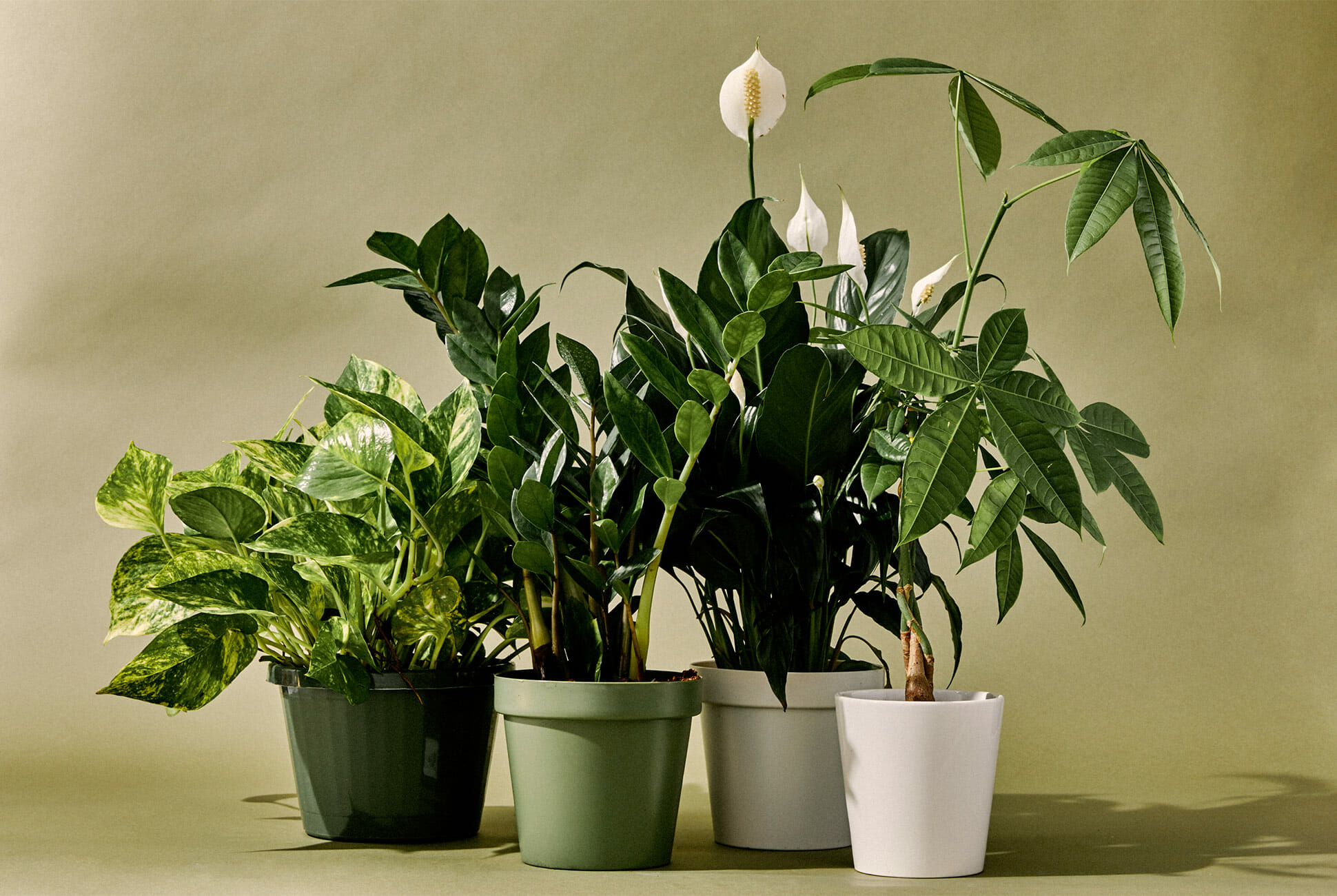Safe and Easy-Care Plants for Kids’ Bedrooms

Bringing nature indoors can be a wonderful way to enhance a child’s bedroom. Plants not only add a touch of beauty and vibrancy but also offer numerous benefits for both physical and mental well-being.
Benefits of Plants in Kids’ Bedrooms
Plants can significantly improve the air quality in a child’s bedroom. They naturally filter out harmful toxins and pollutants, creating a healthier environment for sleep and play. Studies have shown that spending time in nature can reduce stress and anxiety, promoting relaxation and a sense of calm. The presence of plants can also create a more positive and stimulating atmosphere, encouraging creativity and imagination.
Safe and Easy-Care Plants for Kids’ Bedrooms
Choosing the right plants for a child’s bedroom is crucial, especially considering their safety. It’s essential to select non-toxic varieties that are safe for children and pets. Here are some easy-to-care-for plants that are ideal for a child’s space:
| Plant Name | Toxicity Level | Care Requirements | Benefits for Kids’ Bedrooms |
|---|---|---|---|
| Spider Plant (Chlorophytum comosum) | Non-toxic | Bright indirect light, water when soil is dry | Air purifier, easy to propagate, visually appealing |
| Snake Plant (Sansevieria trifasciata) | Non-toxic | Low light, infrequent watering | Air purifier, low maintenance, drought tolerant |
| Cast Iron Plant (Aspidistra elatior) | Non-toxic | Low light, infrequent watering | Tolerant of neglect, air purifier, adds greenery |
| Peace Lily (Spathiphyllum wallisii) | Mildly toxic | Bright indirect light, water when soil is dry | Air purifier, beautiful white flowers, adds elegance |
| ZZ Plant (Zamioculcas zamiifolia) | Non-toxic | Low light, infrequent watering | Drought tolerant, low maintenance, adds texture |
| Prayer Plant (Maranta leuconeura) | Non-toxic | Bright indirect light, water when soil is dry | Unique foliage patterns, adds visual interest, promotes curiosity |
Educational Plants for Kids: Best Plants For Kids Bedroom

Learning about plants can be an engaging and educational experience for children. By introducing kids to plants that demonstrate different concepts, you can spark their curiosity and encourage a love for the natural world.
Plant Life Cycle
Children can learn about the life cycle of a plant by observing the growth of a bean plant. Bean seeds are easy to germinate and grow, and kids can track the stages of growth from seed to sprout to seedling to mature plant.
- Seed: The seed is the beginning of the plant’s life. It contains a tiny embryo that will develop into a plant.
- Sprout: When the seed is watered and exposed to warmth, it will germinate and sprout. The root emerges first, anchoring the plant in the soil, followed by the shoot that grows upwards.
- Seedling: The sprout develops into a seedling, with leaves that use sunlight to make food for the plant through photosynthesis.
- Mature Plant: The seedling grows into a mature plant, producing flowers, fruits, and seeds.
Importance of Photosynthesis, Best plants for kids bedroom
Plants use photosynthesis to make their own food. This process involves using sunlight, water, and carbon dioxide to create sugar (glucose) and oxygen.
- Sunlight: Plants absorb sunlight through their leaves.
- Water: Plants absorb water through their roots.
- Carbon Dioxide: Plants take in carbon dioxide from the air through tiny openings in their leaves called stomata.
- Glucose: Plants use glucose as a source of energy to grow and develop.
- Oxygen: Plants release oxygen as a byproduct of photosynthesis.
Plant Families
Plants are categorized into different families based on their characteristics, such as flower structure, leaf shape, and fruit type.
- Rose Family (Rosaceae): This family includes roses, apples, pears, and strawberries.
- Mint Family (Lamiaceae): This family includes mint, basil, lavender, and rosemary.
- Sunflower Family (Asteraceae): This family includes sunflowers, daisies, and dandelions.
Creating a Plant Journal
A plant journal can be a fun way for kids to document their observations and learn about their plants.
- Plant Information: Record the name of the plant, the date it was planted, and any other relevant information, such as the source of the seed or plant.
- Daily Observations: Encourage children to observe their plants daily and record their observations in their journal. They can note the plant’s growth, any changes in its appearance, and any new flowers or fruits.
- Drawings and Photos: Encourage children to draw or take pictures of their plants. This will help them to remember the details of their growth and development.
Resources for Learning About Plants
There are many books and websites that offer age-appropriate information about plants for children.
- Books:
- “The Magic School Bus Plants Seeds” by Joanna Cole: This book takes children on a journey to learn about the life cycle of a plant.
- “The Curious Garden” by Peter Brown: This book tells the story of a boy who transforms a neglected garden into a beautiful oasis.
- “The Giving Tree” by Shel Silverstein: This classic story explores the relationship between a boy and a tree.
- Websites:
- National Geographic Kids: This website has articles, videos, and games about plants.
- The National Arbor Day Foundation: This website has information about trees and planting trees.
- The Royal Horticultural Society: This website has information about gardening and plants.
